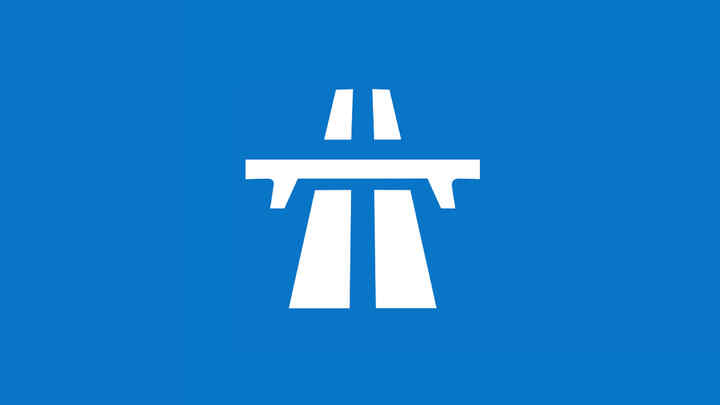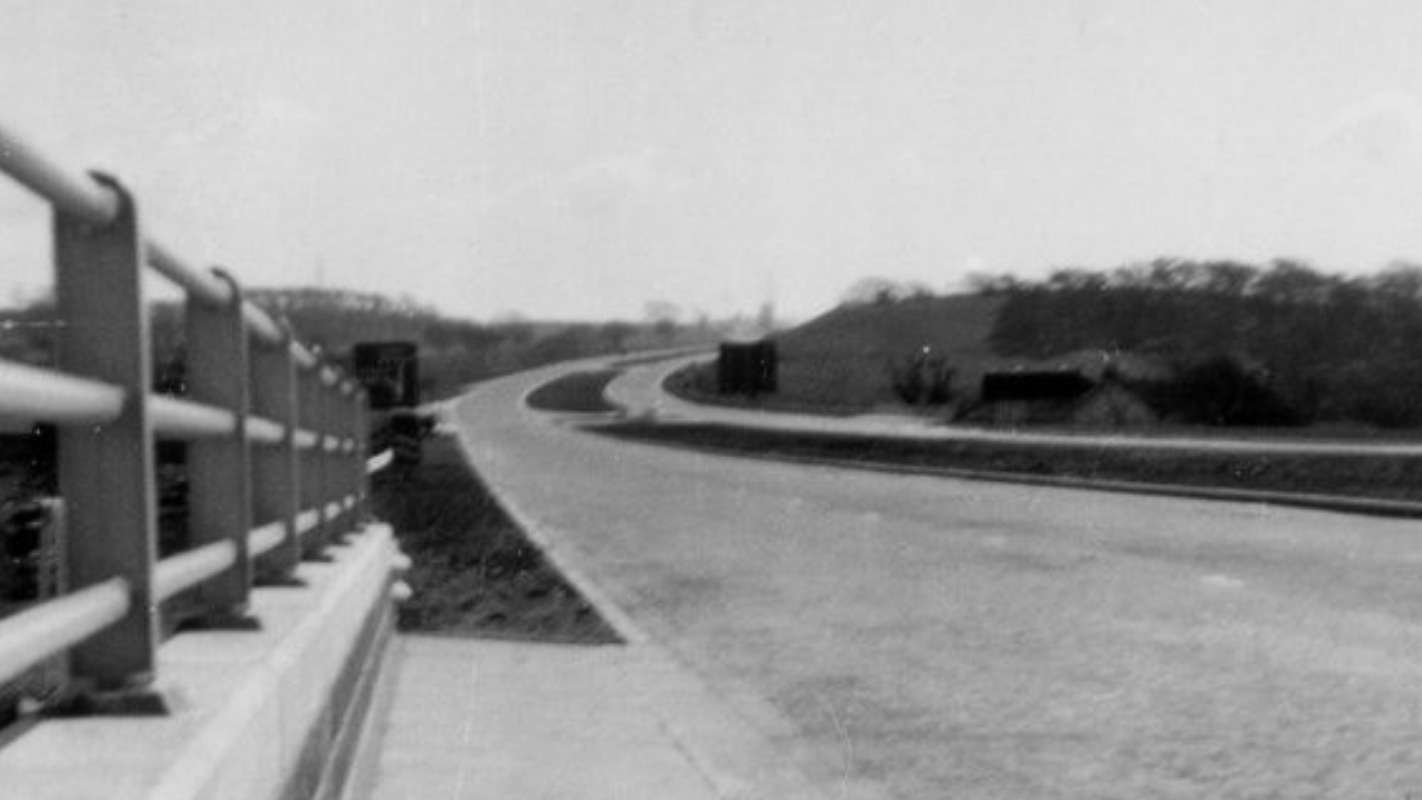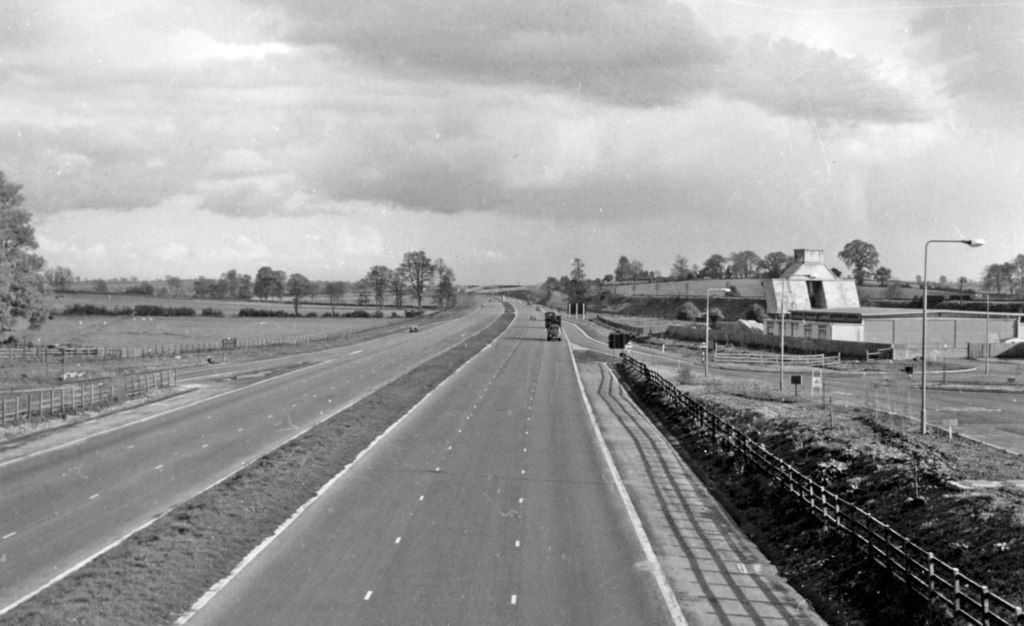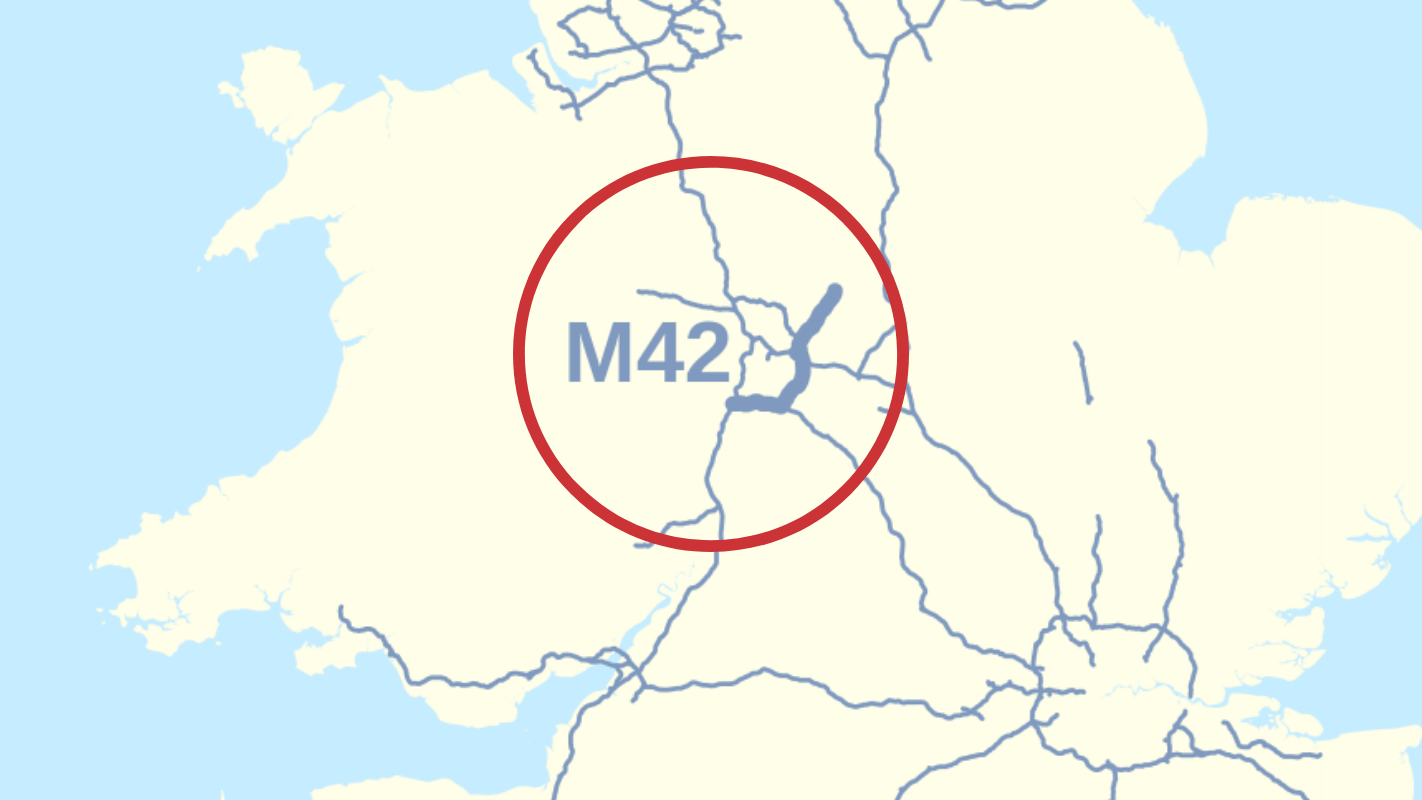Such a boom has placed a strain on our motorway network.
To help manage the flow of traffic, inform drivers of conditions ahead and keep the nation’s main arterial roads as fluid as possible, technology is now used that makes them much more than just three or four strips of asphalt.
Highways England calls these roads ‘smart motorways’.
Huge numbers of motorists use them, but do not all fully understand how they work. With information signs, variable speed limits and changes to the number of lanes running, it pays to know how to use them and stay safe in the event of an emergency.
Follow our guide to smart motorways, take the chance to brush up on Honda's latest Sensing technology which is designed to help drivers stay safe, and travel safely.


















